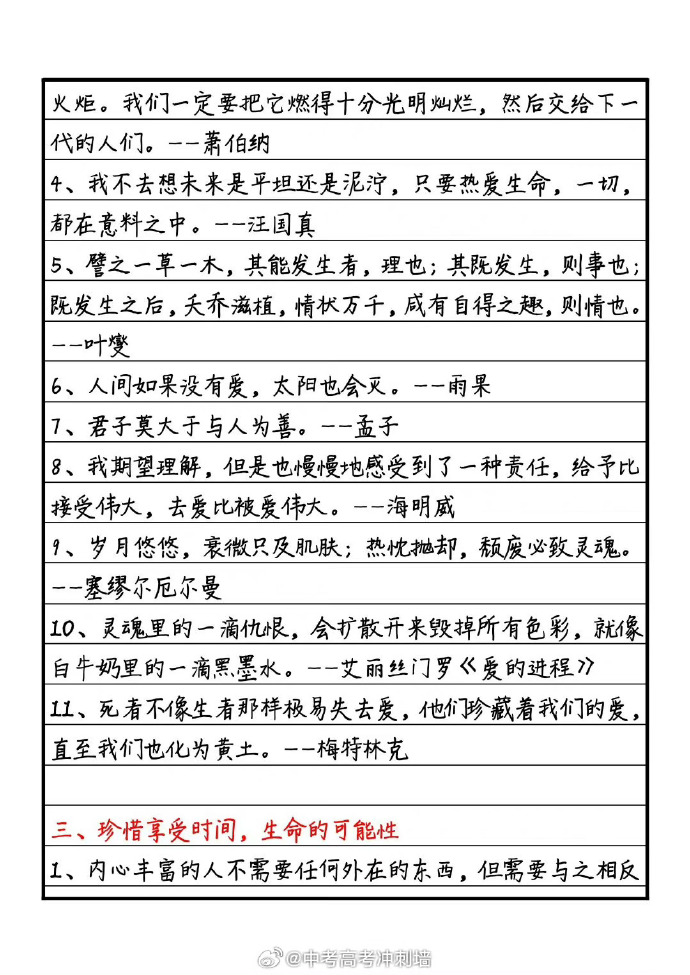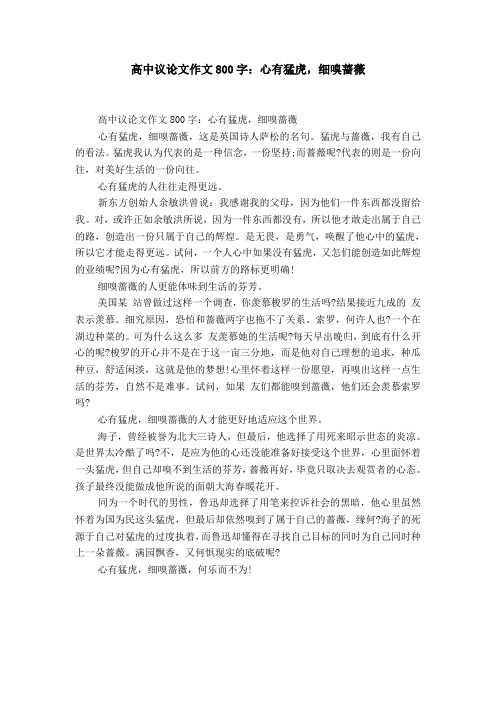Title: The Pros and Cons of Online Shopping

Online shopping has become a popular form of commerce, offering convenience, accessibility, and sometimes even better deals than traditional brick-and-mortar stores. While the convenience of online shopping cannot be overstated, it also comes with its set of advantages and disadvantages. In this essay, we will delve into the benefits and drawbacks of online shopping.
One of the primary advantages of online shopping is the wide selection of products available at any time of day or night. This allows consumers to shop without having to worry about limited hours in physical stores. Additionally, many online retailers offer free shipping and other incentives that make the shopping experience more appealing.
The ease of online shopping is undeniable; one can browse a vast array of products from the comfort of their own home, making it an attractive option for busy individuals. Furthermore, online shopping offers a chance to save money by comparing prices across multiple retailers, leading to better deals on essentials like food and clothing.
However, the convenience of online shopping also brings about certain challenges. One significant drawback of online shopping is the lack of physical interaction between the buyer and the product. This may lead to dissatisfaction if there are quality or fit issues with the item received. Additionally, privacy concerns arise when dealing with online transactions, as sensitive information may be shared without clear consent.
In terms of security, online transactions require careful handling to prevent fraudulent activity. Cybercrime is a growing concern, with scams targeting unsuspecting customers through fake websites or email phishing schemes. To mitigate risks, it is essential for buyers to use secure payment methods and verify the credibility of the retailer before making any financial commitments.
Another challenge associated with online shopping is the difficulty in returning or exchanging items once they have been delivered. This can lead to frustration and disappointment for both the seller and the buyer. Many online retailers have implemented returns policies that are not always straightforward to understand or follow, making the process of returning or exchanging items a hassle for many customers.
Furthermore, the absence of personal touch can be detrimental to consumer satisfaction. When purchasing items in person, customers can feel more confident in their purchases due to the tactile feedback and immediate confirmation of their purchase decisions. This lack of direct engagement during purchase can contribute to feelings of dissatisfaction or regret after receiving a product that does not meet expectations.
Additionally, the fast pace of life in today's society often leaves little time to shop in person. However, the convenience and efficiency of online shopping can outweigh the potential drawbacks. For example, people can easily access a wide variety of products from their homes, allowing them to make informed choices based on reviews and recommendations from other shoppers.
Furthermore, online shopping enables consumers to compare prices across multiple retailers, which can lead to significant savings. It also provides an opportunity for consumers to discover new brands and niche products that they may not have discovered in physical stores.
In conclusion, online shopping offers numerous advantages such as convenience, wider range of products available at any time, and competitive pricing. However, it also comes with certain challenges, including the lack of personal touch, security concerns, difficulties with returns, and potential for increased stress due to fast-paced lifestyles. As consumers continue to embrace the benefits of online shopping while addressing these challenges, it is essential for businesses and policymakers to strive towards improving the overall shopping experience for all stakeholders.
In the future, we can expect advancements in technology to enhance the online shopping experience, making it safer and more efficient for both buyers and sellers alike. Additionally, ongoing efforts to educate consumers about responsible online spending practices can help to minimize the risks associated with online shopping and promote a more positive and trusting online environment.

In summary, online shopping has its pros and cons, but with careful consideration and implementation of best practices, consumers can enjoy the benefits while minimizing the drawbacks. As we move forward, it is important for us to balance our desire for convenience with our need for security and ethical practices, ensuring that online shopping remains a reliable and enjoyable experience for all.
推荐阅读》未经允许不得转载:» 网上购物的利弊英语作文(网上购物利与弊)

 佰一阅读网
佰一阅读网

















